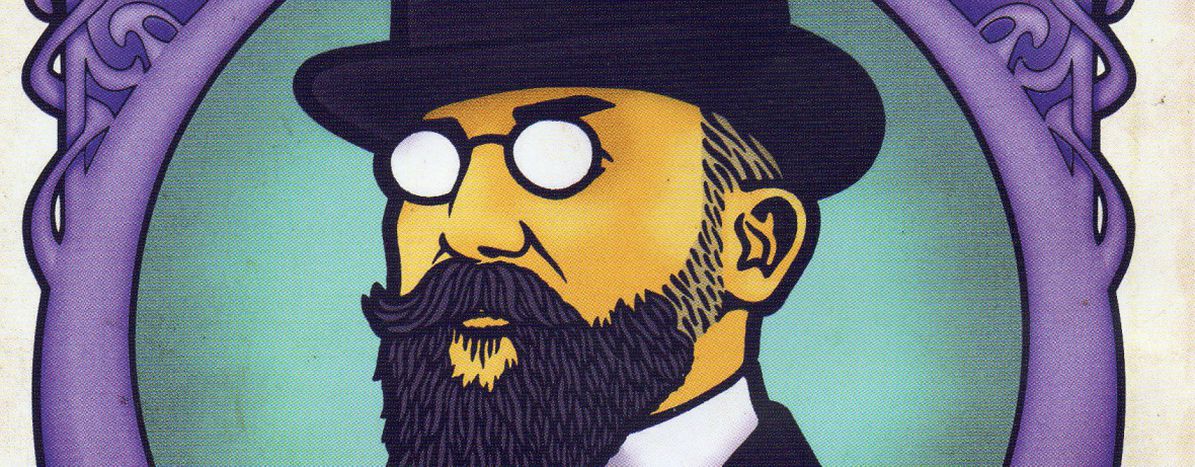
Edinburgh Fringe 2016: Erik Satie's - Faction
Published on
Alistair McGowan is the perfect Satie, humorous and surreal, and plays his music with great skill and tenderness in this delightful production from the Edinburgh Fringe.
The scene is set, with minimal props, in the Pleasance Courtyard. The shiny piano, complete with ticking metronome, contrasts with a small wooden table and chair which looks scruffy and well-used. Beside it is a birdcage. A few pieces of screwed-up paper are scattered on the floor, along with a couple of open umbrellas close to the piano. The lighting is muted and intimate and there's a large audience, almost a full house.
Alistair McGowan, dressed in a dark suit and bowler hat, plays Erik Satie to perfection. He reads his words, taken from poems and journals, and plays his most well-known piano pieces, incluign the Gymnopédies, with all the lyric tenderness of a lover of his music. However, we learn that Satie did not always want his music to be played with the gentle, wistful kind of tone that it often evokes. Some of his musical prompts are rather unusual: "with amazement"; "like a nightingale with toothache"; "with tears in your fingers"; and "go away!"
But Satie was an unusual man. Early on in his career as a musician (though he prefered to describe his work as "phonometrics") he "developed a reputation for being original", and later was described as being a "misanthrope", a "hypochondriac" and "most unhappy."
According to his journal he kept a precise timetable of his daily activities, which included thinking, fencing, reading, walking and a very short time for eating. This is possibly because, as he tells us later, he has so little money that he cannot always afford to eat. Not that he spends time feeling sorry for himself, but he does indulge in a brief reminiscence about lunches he used to enjoy with Debussy, particularly relishing his eggs and chops.
But his memories of Debussy are laced with a painful bitterness, as it was he, Satie, he assures us, who was responsible for Debussy's Impressionism. It was he who said that "we French must break away from 'Wagner and sauerkraut!'" But Debussy did not acknowledge him. He simply called him "the Precursor". "He wouldn't even grant me," Satie said, "a small place in his shadow." Other brief and sparky little diatribes were vented against music teachers, critics, and the lack of education for animals ("we don't even teach geography to carrier pigeons!").
Satie, the champion of Impressionism, is by turns nostalgic, melancholic, irreverent, surreal, absurd and self-mocking as if he is determined to evade any definition and to dodge any emotion that might stick to him long enough to become part of his personality. Except perhaps for one. He offered his heart to Suzanne Valadon, the painter, but their liaison only lasted a few months. Every so often, he remembers her, and appropriate background accordion music nostalgically reminds us of a bygone era, the days of the Chat Noir cabaret in Montmartre, where Satie used to play piano.
Alistair McGowan brilliantly personifies Satie, this quirky and singular musician and writer. His treatment of Satie's tender and evocative music shows the contrast between his sense of the absurd, exemplified in his words, and the language of his music, a rippling tenderness, like the dusky light on a summer's evening.
This is a heartfelt production, spirited and funny, melancholic and uplifting. I particularly liked its monochrome effect, the black piano, Satie dark suit, his sartorial elegance, the black umbrellas on floor and ceiling, the moving black and white images on a background screen – of stars, snowflakes, and musical notes and scores – which all contribute to the dream-like atmosphere of Paris at the time of the surrealists and impressionists.
---



